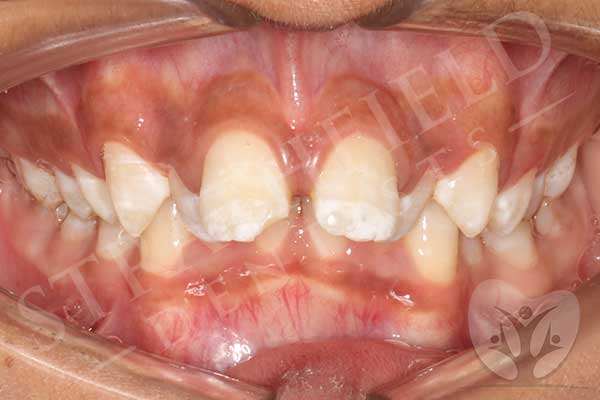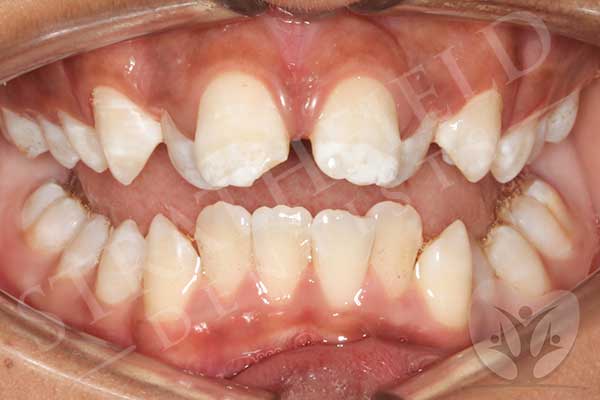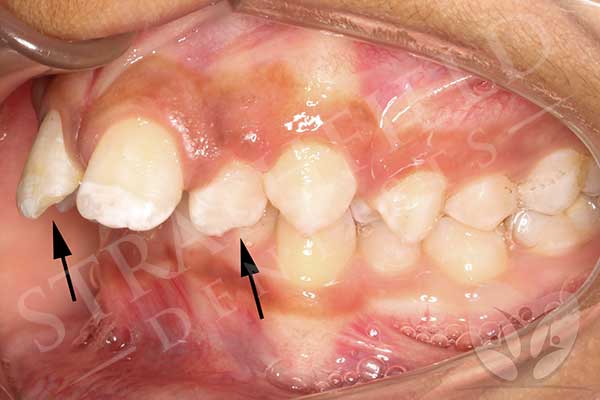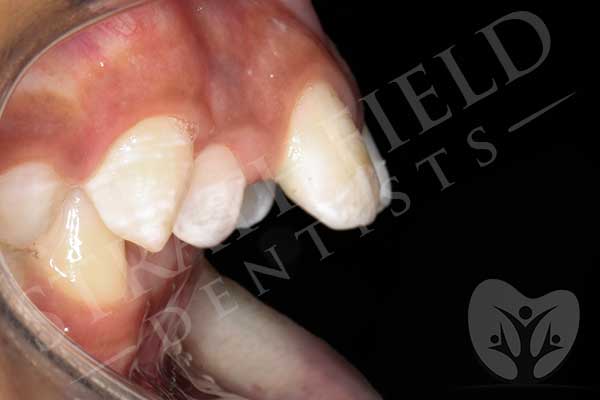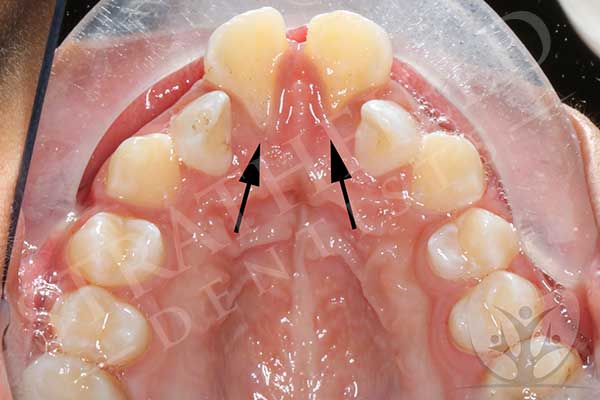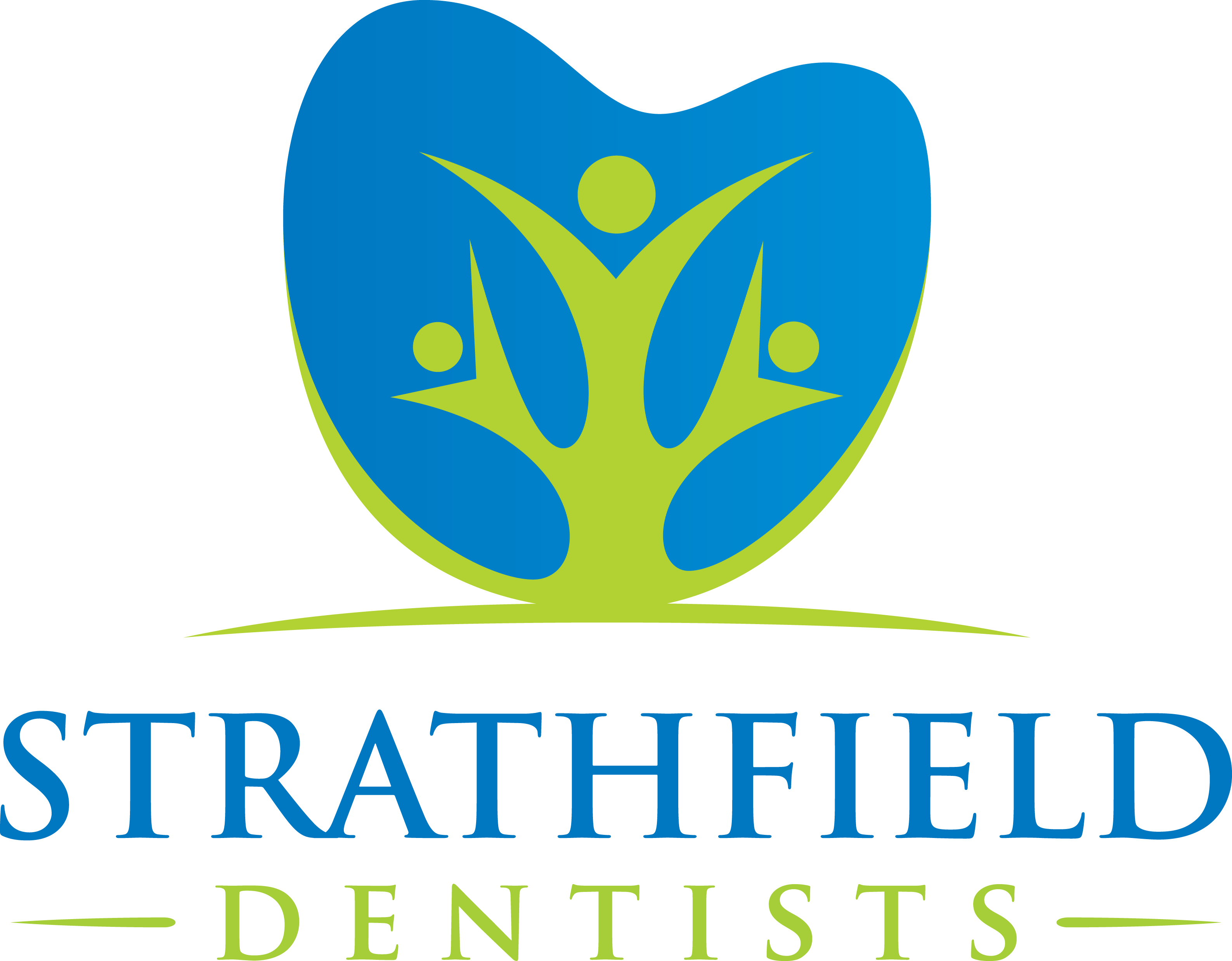Orthodontic Information
Orthodontic Problems to Look for in Children
If you have concerns about the alignment of your child’s teeth, we welcome the opportunity to discuss these with you. Whilst the majority of orthodontic treatment is usually undertaken in the teenage years (after the primary teeth have been lost and the permanent teeth have erupted into the mouth), there are some orthodontic issues which can benefit from early treatment (Phase I or Interceptive treatment). The benefits and risks of early treatment are carefully weighed before we decide the best time to begin treatment. The position of the Australian Society of Orthodontists and the American Association of Orthodontists is that children should be screened at age 7 – please don’t worry if they are already older. It can be as simple as a quick look when you bring your child in for their regular check-ups.
Please note that all information is of a general nature and does not constitute any form of advice.
Below are some examples of some orthodontic problems which may benefit from early treatment.
Crowding
Early/delayed loss or eruption of teeth
Posterior crossbite
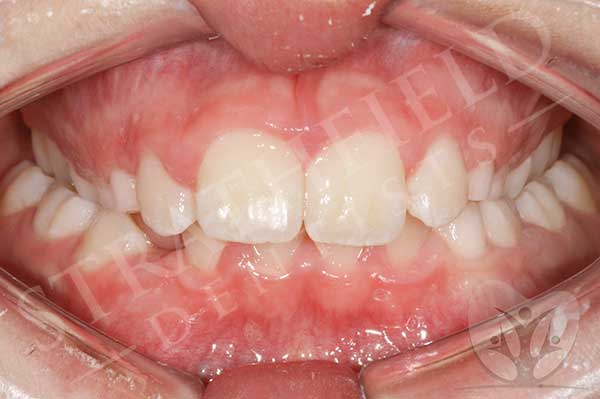
Excessive overjet (or 'overbite')
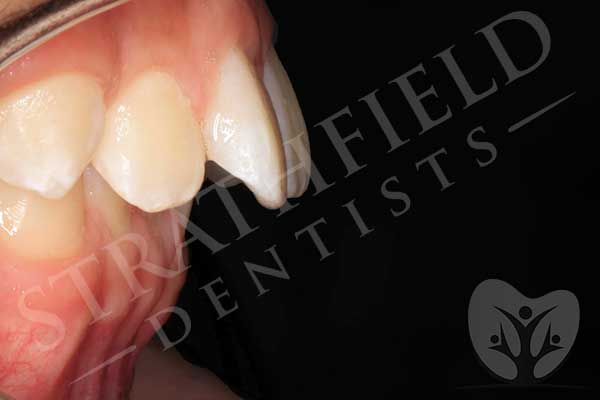
Anterior crossbite (or 'underbite')
Upper front teeth bite in front of the lower front teeth in anterior crossbite. It may affect single or multiple teeth. The lower front teeth may cause wear and chipping of the upper front teeth if not treated in a timely manner. In some instances, the jaws may need to bite in an unnatural position to close fully. This can result in abnormal and/or asymmetric jaw growth which may be difficult to correct later without surgery.
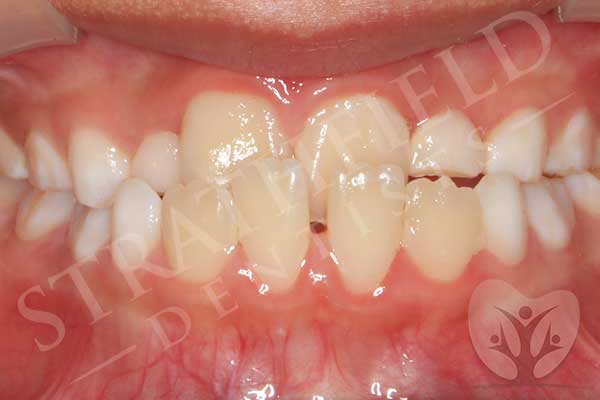
Increased overbite or deep bite
Excessive vertical overlap of the front teeth can result in excessive wear of the back surfaces of the upper front teeth. In severe cases, the gum may be permanently stripped away from the back surfaces of the upper front teeth exposing the roots. In extreme cases, the lower front teeth can chisel into the back surface the upper front teeth and root surfaces, leaving permanent gouges.
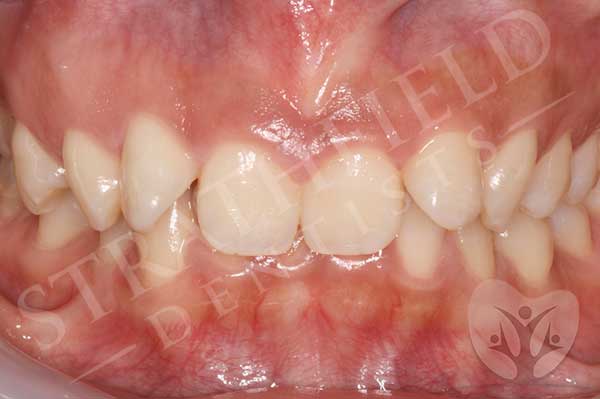
Anterior open bite
‘Anterior open bite’ refers to the upper and lower not meeting when they back teeth are biting together. In anterior open bite patients, the tongue is often positioned between the upper and lower front teeth which worsens the dental problem. Eating may be difficult and you may notice your child bring food to the side of the mouth to bite. Speech problems, such as lisping, will often manifest (try saying ‘sixty-six’ with your front teeth apart!). Sometimes anterior open bites are caused by a digit or dummy habit. Orthodontic correction, sometimes with the aid of a habit-breaker, may be required.
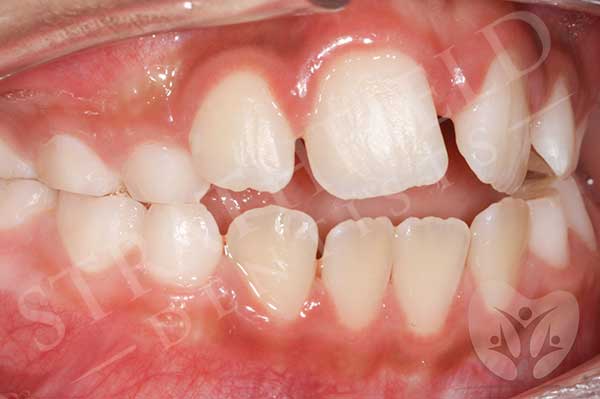
Case Example
